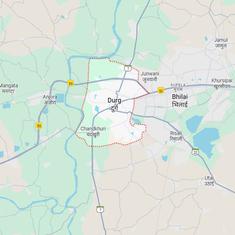Indus Waters Treaty allows India to build Kishanganga and Ratle hydro power plants, says World Bank
Pakistan has opposed their construction saying certain features of the facilities violate the provisions of the pact.

The World Bank on Tuesday said India was allowed to construct hydroelectric power plants on the tributaries of the Jhelum and Chenab rivers, but with certain restrictions, under the Indus Waters Treaty with Pakistan.
In its fact sheet, the World Bank noted that though the pact classifies Jhelum, Chenab and Indus as Western Rivers to which Pakistan has unrestricted use, India was allowed to build the Kishanganga and Ratle facilities on their tributaries “subject to constraints specified in annexures to the treaty”.
India and Pakistan disagree over which features of the hydroelectric power plants violate the provisions of the Indus Waters Treaty. Islamabad has asked the World Bank to set up a Court of Arbitration to address its concerns, but New Delhi wants a neutral expert to look into the matter.
The World Bank on Tuesday said that the two countries had held secretary-level discussions “on the technical issues on the Indus Waters Treaty” this week “in a spirit of goodwill and cooperation”. The talks will continue in September in Washington, DC.
What is the Indus Waters Treaty?
The Indus Waters Treaty divides the flow of six rivers between India and Pakistan. According to the pact, India controls Beas, Ravi and Sutlej, while Pakistan holds reign over Indus, Chenab and Jhelum.
The World Bank had coordinated negotiations between the nations to ink the accord in 1960.









